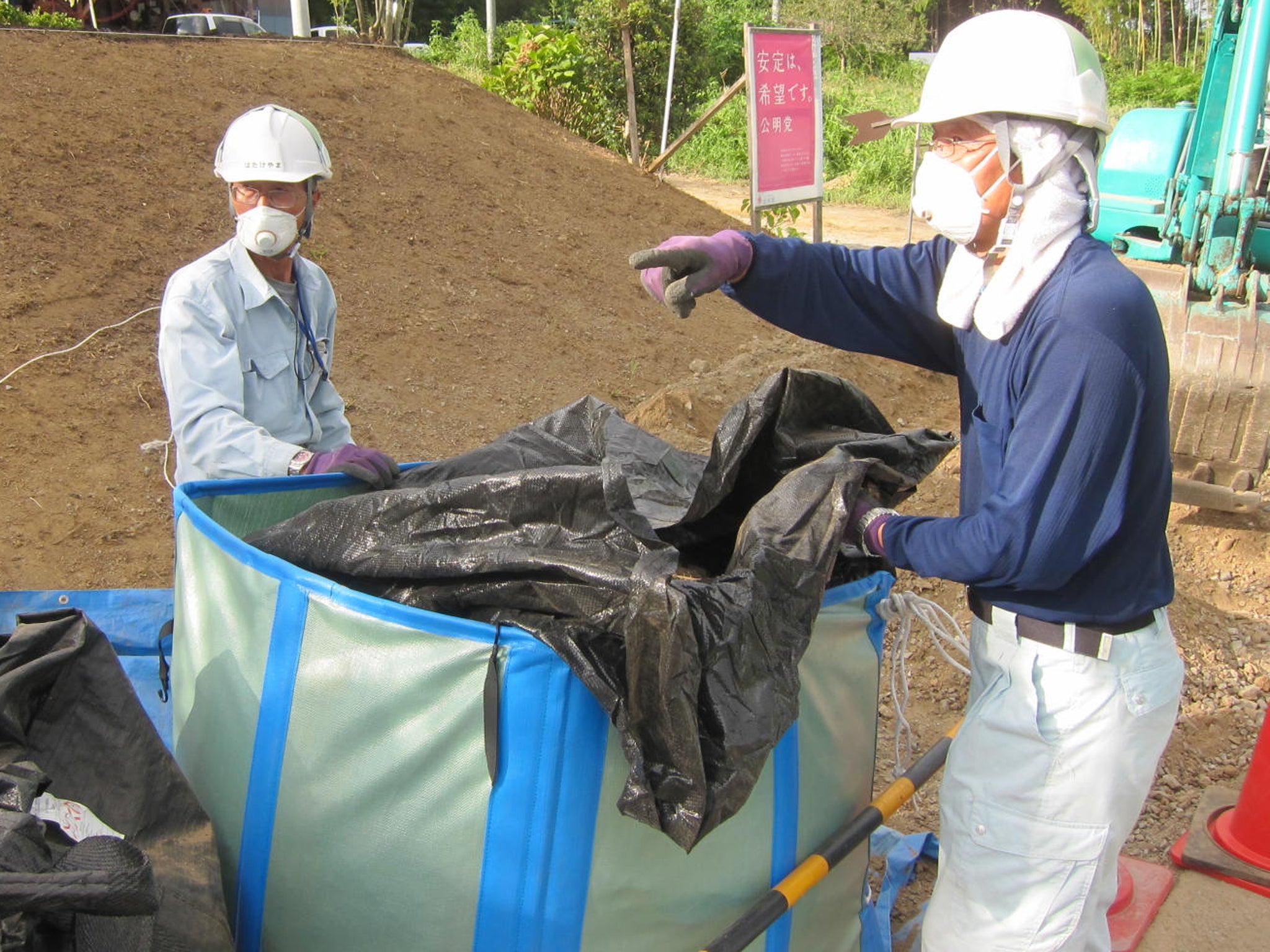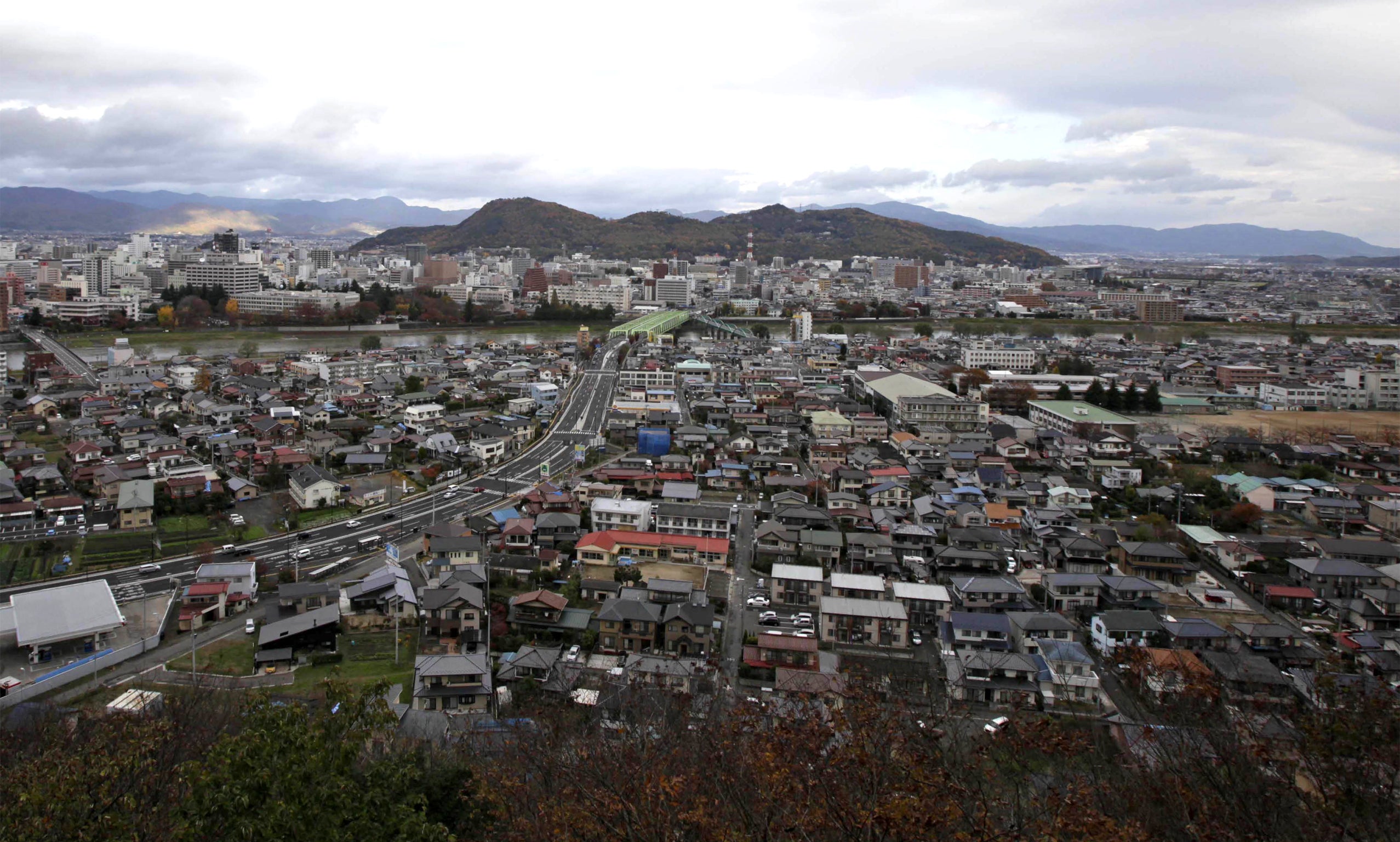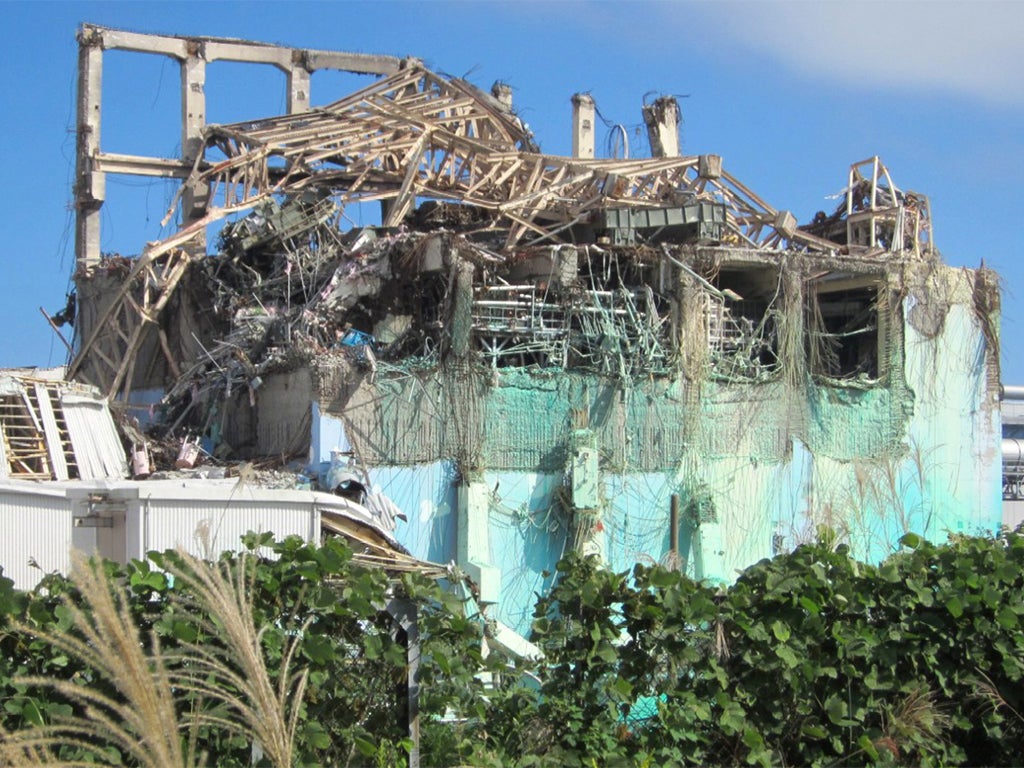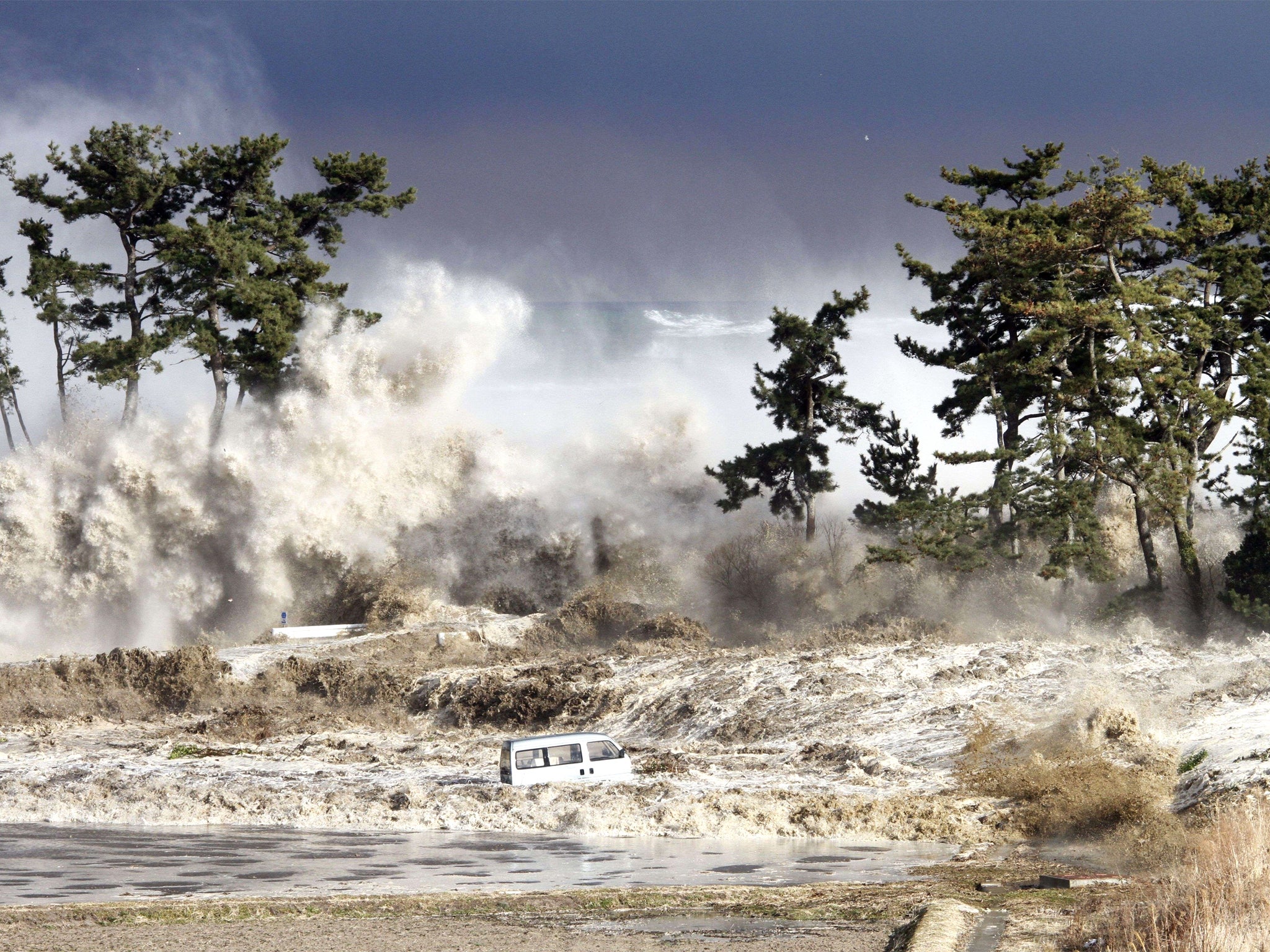Return to the radiation zone: Fukushima clean-up operation mired in fear and misinformation
Two years after Japan’s nuclear power plant disaster nobody knows for certain how dangerous the contamination is

Your support helps us to tell the story
From reproductive rights to climate change to Big Tech, The Independent is on the ground when the story is developing. Whether it's investigating the financials of Elon Musk's pro-Trump PAC or producing our latest documentary, 'The A Word', which shines a light on the American women fighting for reproductive rights, we know how important it is to parse out the facts from the messaging.
At such a critical moment in US history, we need reporters on the ground. Your donation allows us to keep sending journalists to speak to both sides of the story.
The Independent is trusted by Americans across the entire political spectrum. And unlike many other quality news outlets, we choose not to lock Americans out of our reporting and analysis with paywalls. We believe quality journalism should be available to everyone, paid for by those who can afford it.
Your support makes all the difference.Across much of Fukushima’s rolling green countryside they descend on homes like antibodies around a virus; men wielding low-tech tools against a very modern enemy, radiation. Power hoses, shovels and mechanical diggers are used to scour toxins that rained down from the sky 30 months ago. The job is exhausting, expensive, and – some say – doomed to failure.
Today, a sweating four-man crew wearing surgical masks and boiler suits cleans the home of 71-year-old Hiroshi Saito and his wife Terue, 68. The aim is to bring average radiation at this home down to 1.5 microsieverts an hour, still several times what it was before the accident but safe enough, perhaps, for Mr Saito’s seven grandchildren to visit. “My youngest grandchild has never been here,” he says. Since 2011, the family reunites in Soma, about 20km (12 miles) away.
For a few days during March 2011, after a string of explosions at the Daiichi nuclear plant roughly 25 kilometres to the south, rain and snow laced with radiation fell across this area, contaminating thousands of acres of rich farmland and forests.
More than 160,000 people nearest the plant were ordered to evacuate. The Saito’s home fell a few miles outside the 20km compulsory evacuation zone, but like thousands of others, they left voluntarily. When they returned two weeks later their neat, two-storey country house appeared undamaged but it was covered in an invisible poison only detectable with beeping Geiger counters.
Nobody knows for certain how dangerous the radiation is. Japan’s central government refined its policy in December 2011, defining evacuation zones as “areas where cumulative dose levels might reach 20 millisieverts per year [20 mSv/yr],” the typical worldwide limit for nuclear power plant engineers and other radiation workers.
The worst radiation is supposed to be confined to the 20km exclusion zone, but it spread unevenly: less than 5km north of the Daiichi plant, our Geiger counter shows less than 5 millisieverts a year; 40km north west, in parts of Iitate village, it is well over 120 millisieverts. Those 160,000 refugees have not returned and are scattered throughout Japan. The nuclear diaspora is swelled by thousands of voluntary refugees who, unlike the Saitos, have not returned. Local governments are spending millions of dollars to persuade them back.

The price tag for cleaning a heavily mountainous and wooded area roughly the same size as County Wicklow (2,000 sq km) has government heads spinning. In August, experts from the National Institute of Advanced Industrial Science and Technology put the total cost of decontamination at $50bn (£31.6bn). The Japan Centre ?for Economic Research, a Tokyo-based think-tank says the final tally will be $600bn.
Mr Saito’s home falls within the boundaries of Minamisoma, a city that has never recovered from the disaster. Most of its 71,000 population fled voluntarily 20km south. A third have yet to return, spooked by lingering radiation and the fear of another calamity at the still unstable facility.
“We’ve worked hard to make our city livable again,” says Mayor Katsunobu Sakurai. “But everything we’ve done could be for nothing unless the problems at the plant are fixed.”
Fighting radiation is now one of Minamisoma’s few growth industries. The city has set up a permanent office to co-ordinate decontamination with a budget this year alone of $230m.
Since last September, a crew of 650 men has laboured around the local streets and countryside, cleaning schools, homes and farms. By the end of the year, the operation will employ nearly 1,000 people – a large chunk of the town’s remaining able-bodied workforce.
Radiation levels in most areas of Fukushima have dropped by around 40 per cent since the disaster began, according to government estimates, but those figures are widely disbelieved. Official monitoring posts almost invariably give lower readings than hand-held Geiger counters, the result of a deliberate strategy of misinformation, say critics.
“They remove the ground under the posts, pour some clean sand, lay down concrete plus a metal plate and put the monitoring post on top,” says Nobuyoshi Ito, a farmer who opted to stay behind in the heavily contaminated village of Iitate. “The device ends up 1.5 metres from the ground.”

Critics say toxins wash down from the mountains and forests after the decontamination crews leave, bringing radiation levels back up – though seldom to previous levels.
The disagreement over real radiation levels is far from academic. Local governments are desperate for evacuees to return and must decide on what basis, in terms of exposure to radiation, evacuation orders will be lifted. If they unilaterally declare their areas safe, evacuees could be forced to choose between returning home and losing vital monthly compensation from Tokyo Electric Power Co. (Tepco), operator of the ruined Daiichi complex.
For the refugees, one worrying precedent has been set in the municipality of Date, which lies outside the most contaminated areas. In December 2012, the local government lifted a “special evacuation” order imposed on 129 households because of a hotspot, arguing that radiation doses had fallen below 20 millisieverts per year. Three months later the residents lost the $1,000 a month they were receiving from Tepco for “psychological stress.”
Still, local leaders say they believe the decontamination will work. “Field tests have demonstrated we can bring levels down to 5 millisieverts per year and that is our objective,” says Norio Kanno, mayor of Iitate. He accepts that some residents might refuse to return until exposure falls further – the limit recommended by the International Commission on Radiological Protection is 1 mSv/yr. But he insists nobody will be excluded from any relocation plan. “It’s all a question of balance, of where to put our priorities. In the end, we need to reach a consensus as a community.”

The Fukushima clean-up, however, faces another, perhaps insurmountable, problem: securing sites to store contaminated soil, leaves and sludge. Many landowners baulk at hosting “interim” dumps – in principle for three years – until the central government builds a mid-term storage facility.
Local governments throughout Japan have refused to accept the toxic waste, meaning it will probably stay in Fukushima for good. The waste is stored under blue tarpaulins across much of the prefecture, sometimes close to schools and homes.
At Mr Saito’s home, the decontamination crew has finished a 10-day shift, power-hosing his roof, digging drains and removing 5cm of topsoil from his land. The cleanup has cut radiation by about half, but in the trees a few meters behind his house, the reading is 2.1 microsieverts.
“Unless you do something about those trees, all your work is useless,” he berates an official from the city. Sometime, perhaps, the crew will have to return, he speculates. “Whatever happens, we will never have what we had before. It’s clear that my grandchildren will never come here again.
Join our commenting forum
Join thought-provoking conversations, follow other Independent readers and see their replies
Comments